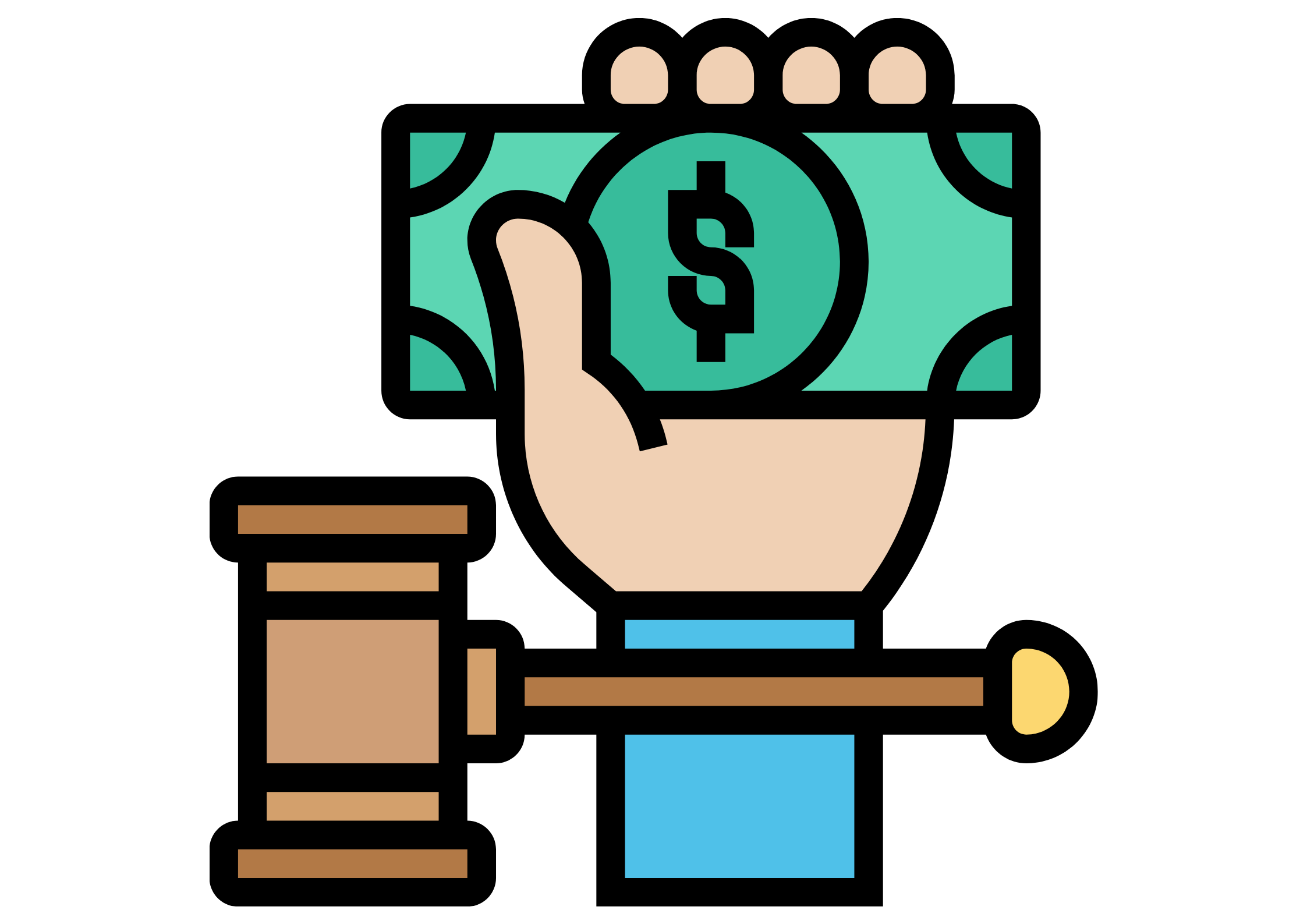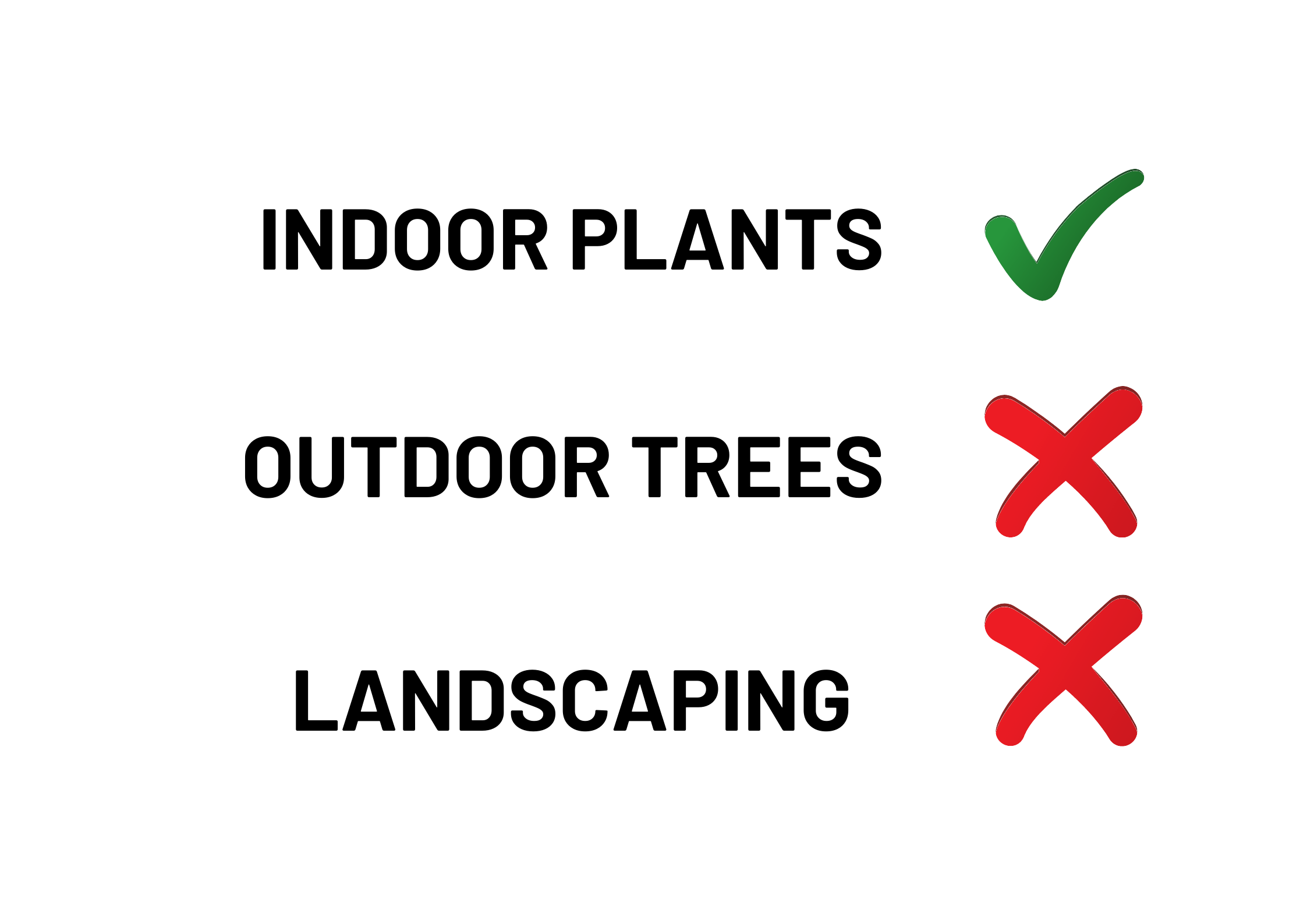
7 Easy Steps to Optimal PPC Optimization: Take Control of Your SEA
Last update: 6 April 2023 at 01:55 pm
Are you struggling with PPC optimization for your business? Is your latest search engine advertising campaign not showing results?
PPC or pay-per-click advertising is crucial to a business’ online presence. PPC optimization strategies remain one of the most important forms of advertising for most businesses.
One of the best things about this kind of advertising is that you’ll see results immediately once implemented correctly.
But where do you start with your PPC campaign? Let’s take a look at how you can start optimizing your PPC advertising campaign for optimal results.
What is PPC Optimization?
Pay-per-click optimization is the method of improving and analyzing your campaigns at a campaign and ad group level. This can be achieved by:
- updating your website landing pages
- changing your ad copy
- modifying keyword bids
Those in the digital marketing world know that to get the best PPC strategy, you’ll need to combine the optimization process with experimentation, analysis, and continuously optimizing to form an effective and long-lasting strategy.
Although PPC optimization may sound intimidating and technical, it’s actually relatively simple.
It’s the practice of improving different elements of your online ads to gain more real estate or visibility online and get more clicks.
A few pay-per-click ad platforms include Google Ads, Facebook Ads, Bing Ads, Microsoft Advertising, and more.
From these various platforms, you can run an ad campaign directed at your target audience in the hope of improving your conversion rates and getting clicks and sales. It’s ideal for those with a low search volume to boost their sales funnel through optimized PPC.
Seven PPC Campaign Tips
To make the most of your PPC budget and ad spend, you will need to deeply analyze your ad campaign, ad groups, ad text, key phrases, and do landing page optimization.
So, what can you do to improve your PPC optimization strategies? Below we will be sharing seven valuable tips to enhance your PPC strategies.
If you do not feel comfortable with setting up your own PPC campaign or taking charge of your search engine advertising, we suggest you work with an online advertising agency to help you with the task.
Switch To Manual Bidding
You could have the best PPC ad in the world, but it won’t show the result you want without a proper bidding strategy. If you want to get the highest number of clicks on your ads and stay within your budget, you can use the automatic bidding option from Google.

However, this means relying on Google to do the job for you, which comes with a few disadvantages that you should be aware of. The first of the disadvantages is that there’s no easy way for you to make changes to your ad campaigns if they aren’t performing well.
Manual bidding gives you more control and more options when it comes to leveraging your ads. It’s a more advanced and customized bidding approach.
Allowing you to increase ad visibility, lower your cost per acquisition (CPA), and enabling you to convert specific keywords to ad clicks and conversions.
Use Remarketing Strategies
Recent research has shown that only about 2% of visitors convert on their first visit to a site.
This means that there’s a potential of 98% of visitors that already showed a genuine interest in your business and with the right motivation and offers could potentially be converted to a client.
The remarketing process involves following a client that clicked on your ads but did not convert. Then placing new ads in front of them so that your business remains top-of-mind, and once the client is ready to complete the transaction, they know exactly where to go.
Google allows you to segment your remarketing lists to show them ads relevant to their current needs. Having a list available of visitors that already showed an interest in your page could go a long way to optimize your conversion rate.
List the Negative Keywords
Knowing which keywords to target is critical for both SEO and PPC, but very few people know how important negative keywords are.
A negative keyword list can go a long way to helping eliminate keyword confusion and help you target more effectively. These are keywords that seem to relate to your business, product or services, but they don’t.

An example of these keywords would be if you sell indoor plants, one of your negative keywords might be ‘outdoor trees’ or ‘landscaping’.
Setting your list of negative keywords would ensure that people searching for these do not accidentally end up on your website.
Explore Different Ad Platforms
Google Ads is undeniably the leader in the field, but that doesn’t mean that it should be the only platform to use.
There are a few new players in the PPC marketing realm. These newer platforms often have much less competition, which means you could see much better results for a lower budget.
A few great new contenders include Microsoft Ads and Amazon Ads. Making use of the low competition on these platforms, along with the size and reach of Google ads, can prove beneficial to your ad marketing.
Optimize Your Website
Make sure that your website is also optimized. You need to have an effective landing page in order to convert your visitors.
Once the ad has done its job in getting the potential client to your site, you have to ensure that your own landing page is also optimized to get them through the next step and convert them into sales.

Make sure that your website has a fast loading speed; your page should load within 2.5 seconds. Also important is visual stability; nothing frustrates visitors more than looking for their place after losing it due to an image loading.
Additionally, make sure that your website is interactive and responsive when visitors click on elements.
A few other ways to ensure that your landing page is optimized is to include photos of the products so that the visitor can see what they are potentially buying.
Also, make sure to clearly check that all of the product information is there, including a clear price. Finally, a strong call-to-action can make all the difference in the world.
Test Your Ad Copies
Your ad can make or break your entire strategy and waste your precious budget. As such, you must test and analyze your ad copy. You can do this with A/B testing, which you can set up directly with Google Ads.
For A/B testing, you’ll have two ads with a different copy to determine which ad gets more clicks. Google will then present these ads to two different sets of viewers.
At the end of the testing period, you’ll have good data on which ad was better optimized. This way, you’ll know which ad to use in future, and it can provide you with valuable insights into what works for future ad creation.
Use Demographic Target to Reach Your Audience
One of the things that makes this form of digital marketing campaign so successful is that you can target your audience more accurately based on demographics. This means that you can exclude locations that you know won’t target your clients.
Also, knowing your audience’s demographics by analyzing your demographic results from past ads can be a useful tool in lead generation.
SEO vs PPC Campaign
It is essential to know the difference between SEO (search engine optimization) and PPC (pay per click or also known as SEA, search engine advertising).
SEO improvement leads to a better ranking in search results. Whereas PPC is paid-for ads (such as Google ads) designed to bring interest to your website and get sales conversions. While both of these are good investments of your time and money, they do bring different results.
With PPC, to run successful and relevant ads, there are a few things that you need to optimize for better ad results. These elements include the actual ad (images, text, colours, design, etc.), ad landing pages, and keyword targeting.
It’s good to remember that PPC optimization is an ongoing process and not a project that can be completed.
Instead, it’s a continuous process of improving different elements to keep seeing results. The reason for this is that the field of PPC is constantly evolving and changing.
New search engines, multiple devices, increased competition, and complex bidding rules contribute to the ever-changing nature of pay-per-click (PPC) ads.
Using Google Ads for PPC Optimization
Google Ads is a popular platform that helps you manage, optimize and analyze ad campaigns. Being one of the largest and most widely used online advertising platforms, PPC marketers can use the tools to grow their businesses and reach out to new clients.
From the Google Ads dashboard, you can access many useful tools for your PPC optimization.
For example, from Google Ads you can access Google Analytics to see:
- How your ads are performing
- Track clicks on your websites
- Time on-page
- Where you are losing visitors
- What your conversion rate is
Conclusion
An optimized PPC campaign can go a long way in ensuring that you get traffic to your website and that the visitors convert to clients. Ensuring that you have an actionable copy with relevant text in your ads and testing one campaign next to another can be key performance indicators.
Combined with other strategies such as conversion tracking and click monitoring, your digital marketing can reach new heights.






